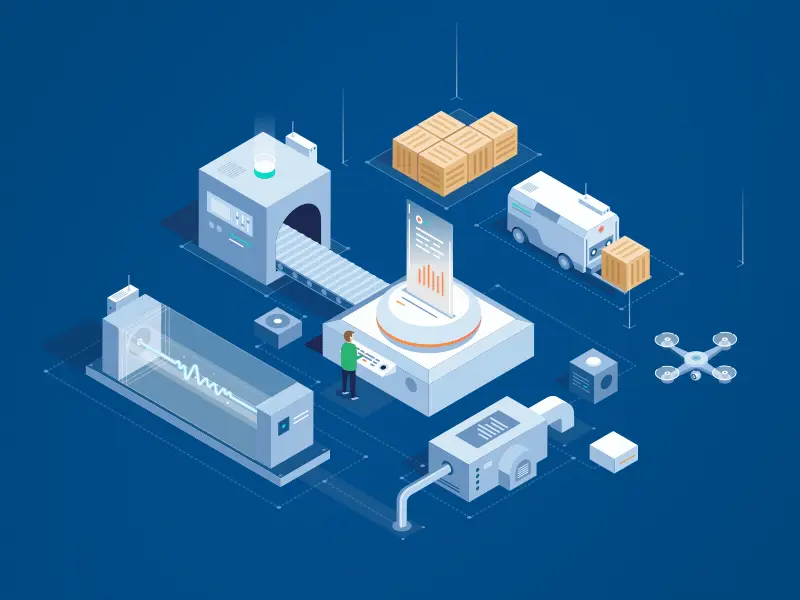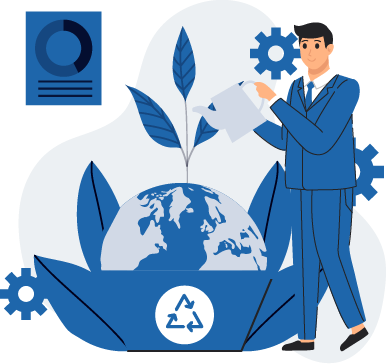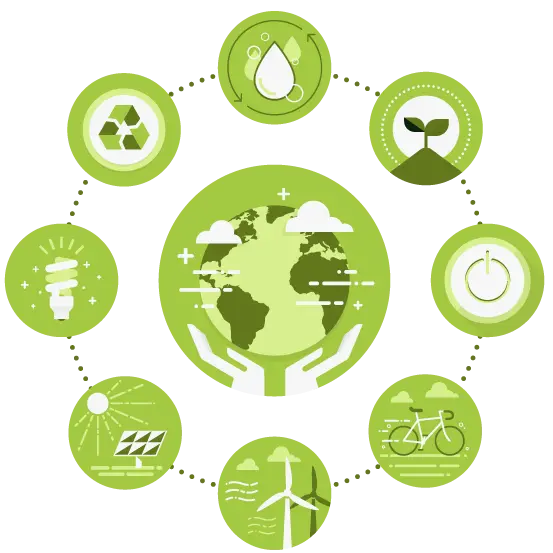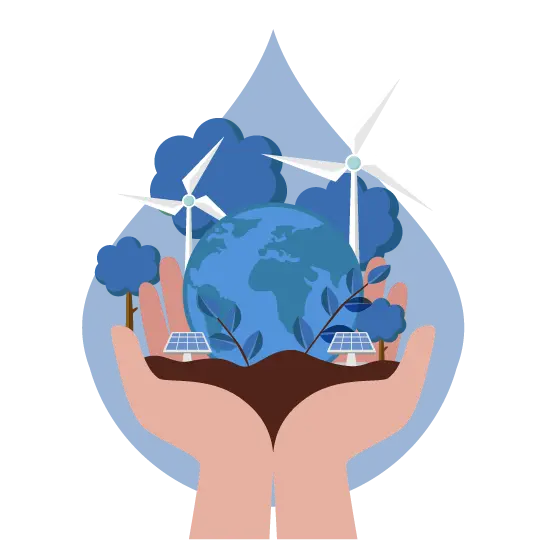The Internet of Things (IoT) describes the network of physical objects
An ecosystem of connected physical objects and devices that are accessible through the internet makes up the Internet of Things. The ‘thing’ in IoT are any objects that have been assigned an IP address and have the ability to collect and transfer data over a network without any manual assistance or intervention. It could even be a person with a heart monitor or an automobile with built-in sensors.
In other words, one could say that it is a system of interrelated computing devices that are provided with unique identifiers and the ability to transfer data over a network without requiring human-to-human or human-to-computer interaction. The data passed across is completely based on computer-to-computer interaction.
How it operates
Internet of Things is a transformational force that can connect devices embedded in various systems to the internet.
Devices connected digitally can be controlled from anywhere, also known as remotely controlled. This helps in collecting more data in real-time from more places, thus increasing efficiency and improving performance through IoT analytics and IoT security.


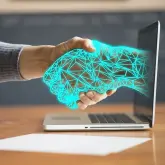

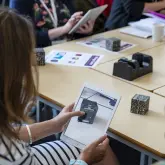

Data is collected from the environment by sensors or devices that act as sensors.
Data is then transferred to the cloud, also known as an IoT platform, using some connectivity.
The software then processes the data to understand the situation.
Lastly, information is passed on to the end-user in a language understandable by them.
Here comes the factor of complete automation or manual adjustment, as per selection. For example, the user might remotely adjust the temperature in the cold storage via an app on their phone but when set on automatic, the system will do it automatically via predefined rules.
Key Benefits and Business Growth with IoT services
IoT encourages Machine-to-Machine(M2M) communication between devices, the devices stay connected physically leading to quality control & efficiency.
The wireless infrastructure, digitally and centrally connecting all physical devices, keep automation and control in place.
IoT brings in more information leading to better knowledge that helps make better decisions, big or small.
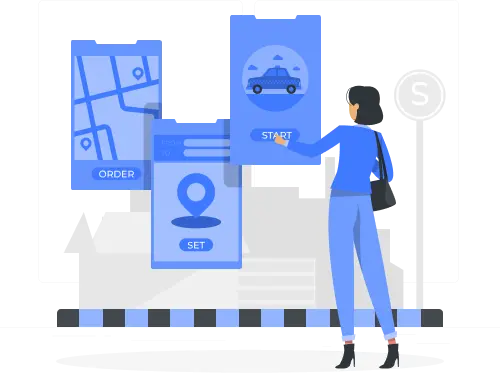
IoT collects the exact information needed for constant monitoring. For eg., IoT helps to monitor air quality and temperature to the level of printer ink or expiration of products.
IoT is a step towards a better quality of life due to its culmination of increased comfort, convenience, and better management.
IoT helps save a lot of operational time as the process is automated and the self-communicating quality of IoT saves a lot of money.
